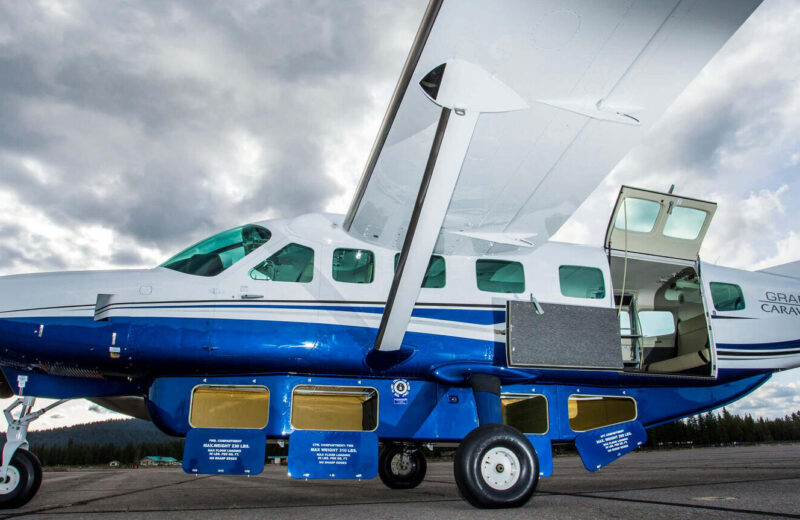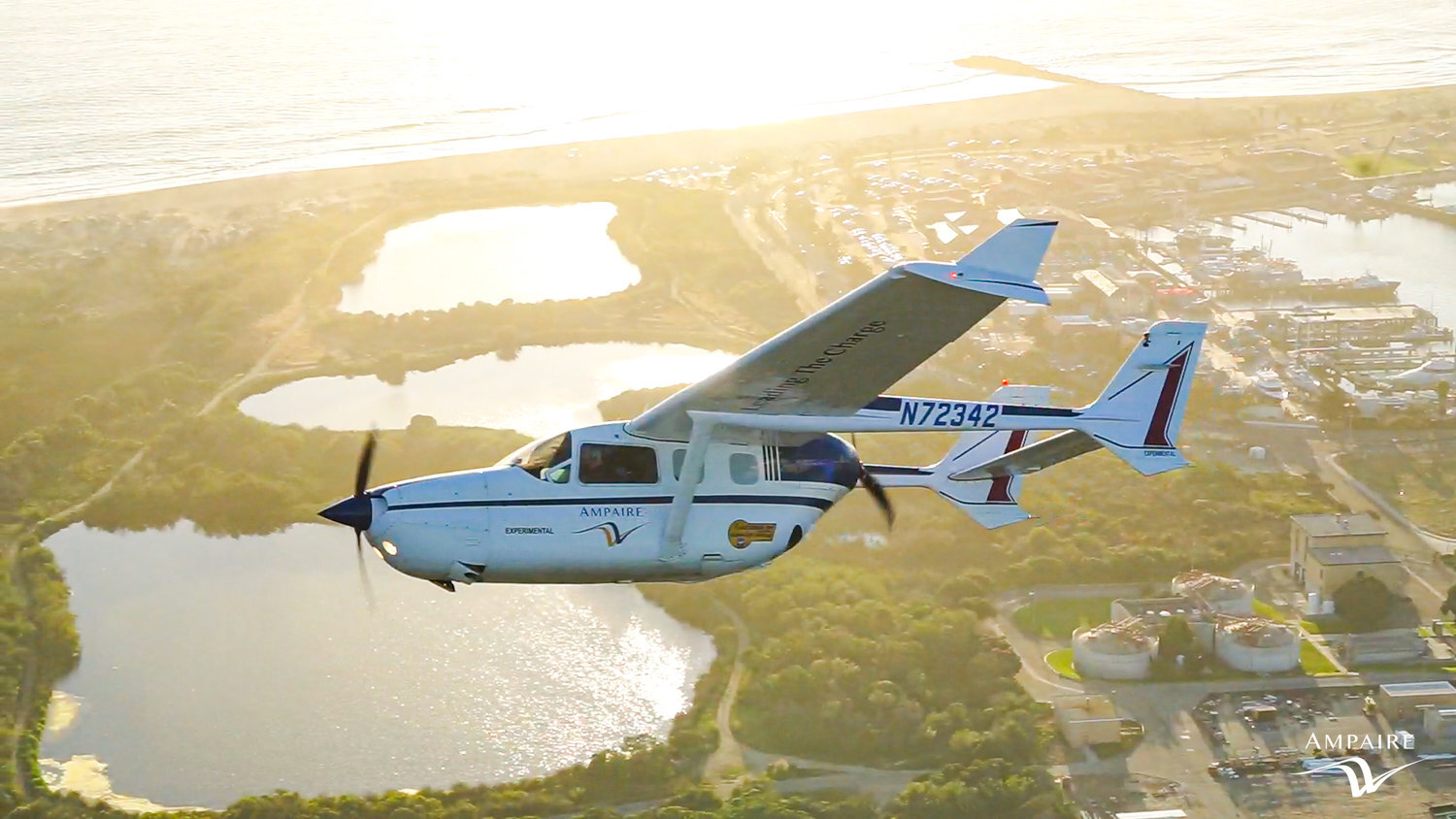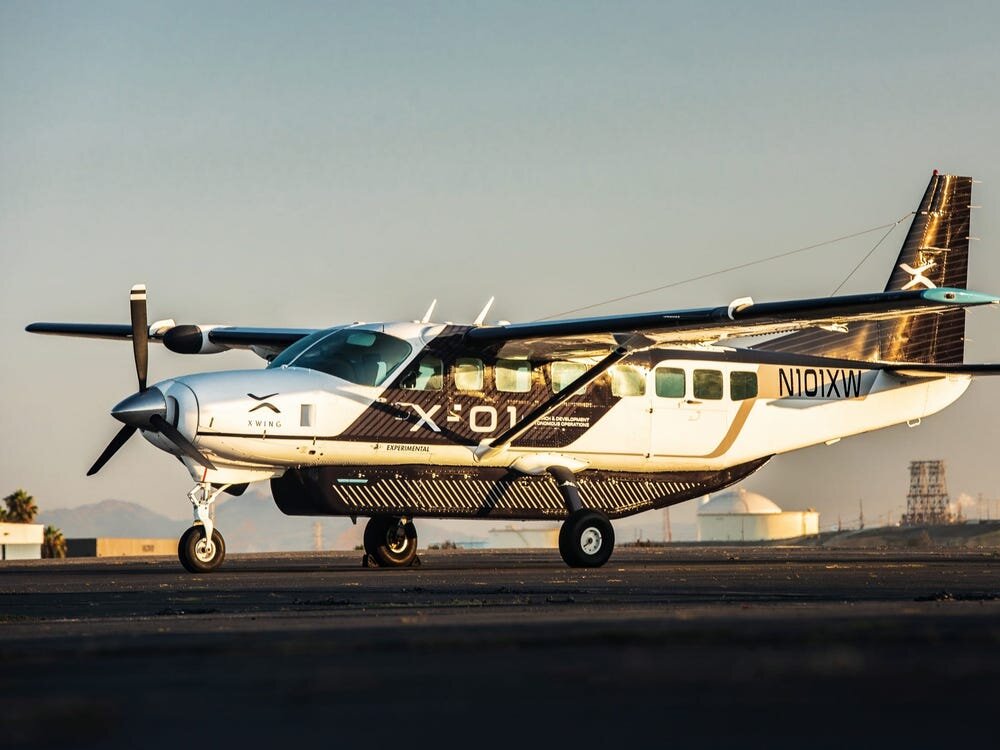Revolution.Aero Uplift: Retrofitting the way to electrification

exc-61028ff662a31d4f1abb8335
When the history of electric flight is written, a key waypoint will be the test flight of world’s first fully electric commercial aircraft on December 11th 2019. On that day, an electrically-powered Harbour Air Beaver seaplane took off and landed in Vancouver Harbour, Canada. Another landmark could be Surf Air Mobility’s (SAM’s) recent order for 150 Cessna Grand Caravan EXs from Textron Aviation.
“Electrifying the Cessna Grand Caravan is the most significant step [for Surf Air] that can be made toward reduced emission flying with the quickest path to market,” believes Sudhin Shahani, CEO and executive chairman of SAM.
It will then electrify these existing airframes by adding batteries to form a hybrid electric propulsion system. Eventually, the goal is to be all-electric.
SAM has been moving towards this in a strategic manner since February 2020, when it acquired charter company BlackBird Air. In August it secured $200m funding commitment from Global Emerging Markets Group for when it goes public – either by SPAC (special purpose acquisition company) merger or direct listing. And earlier in 2021, it acquired hybrid-electric start-up Ampaire.
Shahani and company are now moving into big OEM territory, with Textron, which will deliver the aircraft beginning in the second quarter of 2022, subject to SAM raising funding. This is also Textron eAviation’s first partnership since its soft entry into the advanced air mobility space in March.
Textron eAviation senior vice president Robb Scholl said: “The versatility of the Grand Caravan makes it an ideal aircraft to take advantage of this new technology.”
Textron president and CEO Ron Draper said: “This relationship leverages the performance capabilities of the Cessna Grand Caravan in both passenger and cargo operations and continues to demonstrate the aircraft’s adaptability for innovative missions and configurations.”
Ampaire’s Electric EEL (a retrofitted Cessna 337 Skymaster)
Xwing’s fully autonomous Cessna Grand Caravan 208B
Lower cost and lower emissions are the major benefits on offer through electrifying the existing Cessna Caravan airframe. “We’re able to make electrified aircraft broadly available to existing and new operators,” said Shahani, whose company already flies US regional trips offered by a conventional Pilatus PC-12 aircraft.
Also, SAM will build on the work done by Ampaire, which it recently acquired. Ampaire has logged hundreds of flight hours in its hybrid electric Electric EEL (a retrofitted Cessna 337 Skymaster). Founder Kevin Noertker told Revolution.Aero there are thousands of aircraft eligible for a similar powertrain upgrade.
Overall, this is good news for existing airframe and battery makers. Research from UBS suggests a $178bn hybrid market could take-off – with hybrid cargo and passenger aircraft carrying up to nine passengers over short distances – as soon as 2022.
Using existing aircraft also means significant savings to certify and operate, therefore bringing costs down for the customer. Cost per available seat mile (CASM) will serve as a bedrock for the Surf Air Mobility business model, DiamondStream MD Brian Flynn told Revolution.Aero.
“The Cessna Grand Caravan EX is one of the most adaptable and prolific aircraft in flight today,” said SAM’s Shahani. As is the Cessna Grand Caravan 208B, which completed its first ‘gate-to-gate’ autonomous flight with start-up Xwing in April this year.
SAM anticipates that its hybrid electric system for the Grand Caravan, upon certification, will power a nine-seat aircraft. And no doubt, more hybrid electric technology adopters will flock to existing airframe makers and manufacturers. Perhaps retrofitting existing aircraft will be the fastest way to hybrid – and eventually all-electric – flight operations.








